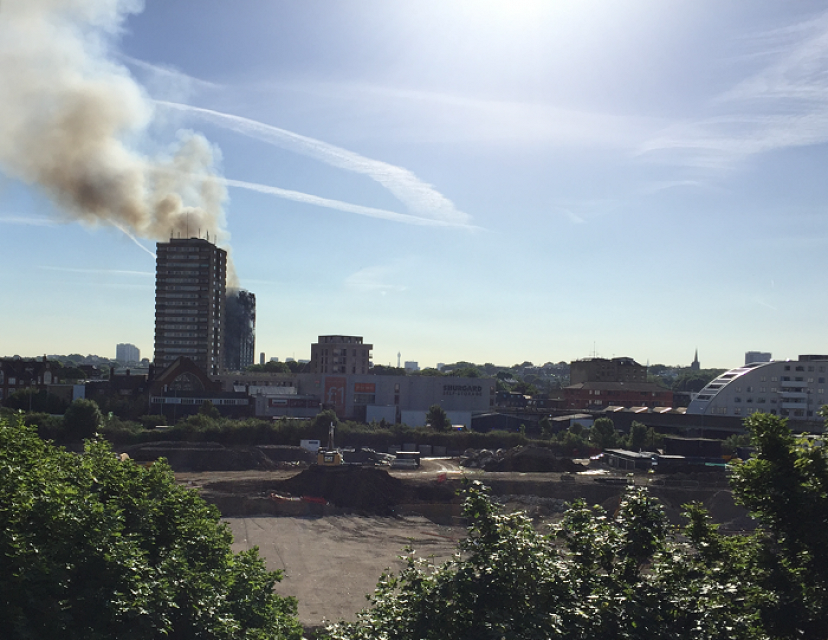
What’s Still to be Learned About Grenfell Tower
The tragic consequences of the Grenfell Tower fire are still unfolding. As the toll on families affected continues to rise, attention is naturally turning to what went wrong.
The Government has promised a full public enquiry that could take several years, so the Communities Secretary has assured everyone a preliminary report will be available soon.
In the meantime, we’re monitoring the areas of investigation that could feed new building regulations. In this piece, we review the leading experts initial comments.
We can all agree on the professional job the emergency services did. Our thoughts go out to everyone affected by the fire and are in awe of those that put their own lives in danger to save others.
The London Fire Brigade has not yet said what the possible causes of the fire were or why it spread the way it did. But they have been reported to say the blaze was “unprecedented”.
According to a fire scientist in the Explosion & Fire Research Group at London South Bank University, Dr Claire M Benson - residential property fires of this severity are rare, mostly because the fire safety products and planning in the UK is usually so good. In recent years large fires requiring more than five fire appliances, have tended to be warehouses or rubbish or recycling sites.
There can be many causes of fires, but they are generally accidental. The most common causes in the home are things like kitchen fires, electrical appliance fires, and smoking related incidents. The media has reported eye witnesses saying the fire started with an electrical fault in a fridge on the fourth floor of the twenty-four storey building.
The fire spread quickly on the inside of the building, which should be impossible. Like all tall buildings, Grenfell Tower was designed to keep a fire contained in the flat where it started and keep the stairway protected for an escape route. That has led some experts, like Dr Angus Law at the BRE Centre for Fire Safety Engineering at the University of Edinburgh to tell the FT “It appears that the external cladding has significantly contributed to the spread of fire.”
Cladding is generally used to improve the energy efficiency and insulation of buildings and the external appearance of older buildings. UK regulations require barriers to be erected at intervals to stop the space behind the external cladding to act as a funnel and conduct flames rapidly up a building.
We’ll need the full enquiry to understand if the cladding’s role in the fire was due to design, fitting or materials.
There is a massive set of rules that cover what is required by law and how to make all buildings safer. For example, Building Regulations in England mean that new buildings constructed since 2007 and taller than 30m are required to have sprinklers fitted.
There isn’t a requirement to retroactively fit sprinklers in existing buildings across the UK. Existing high-rises in England and Northern Ireland must have them fitted if a fundamental change is made to the structure or use of the building. In Scotland all new residential buildings taller than 18m must be fitted with sprinklers. In Wales since last year, all new and refurbished residential accommodation must have sprinklers.
The Guardian has reported, according to data obtained data from a Freedom of Information request in 2015 by a magazine called Inside Housing, only 18 council owned tower blocks out of nearly three thousand have sprinklers fitted.
Dr Claire Benson told Gizmodo this week that she thinks “We have enough safety regulations, products and information for events like this event to never happen.” But it seems sensible for policy makers to review whether all buildings over 30 metre to have sprinklers. The organisation that defines a number of construction standards, the Building Research Establishment, has shown sprinklers can cost effectively increase safety.
It is clear failure has happened for the Grenfell Tower tragedy to occur. Whether that’s a direct failure, systemic or this is some sort of unforeseen fire phenomenon needs a detailed and forensic review.
Lessons will have to be learned and want to make sure we will be among the earliest to understand them.
